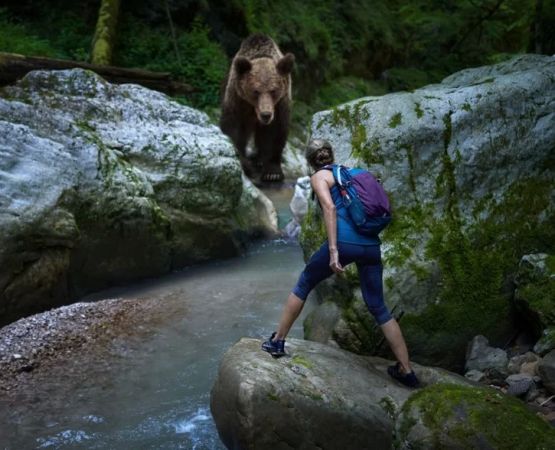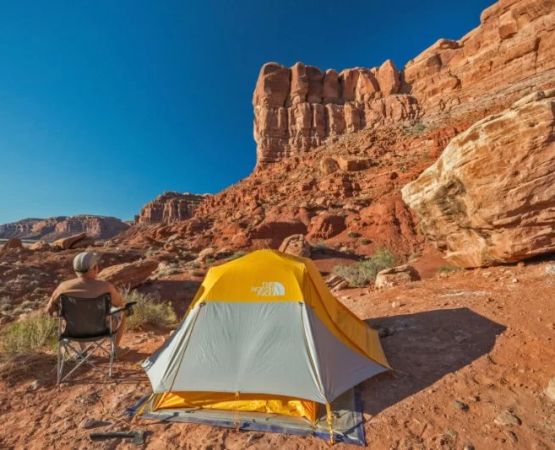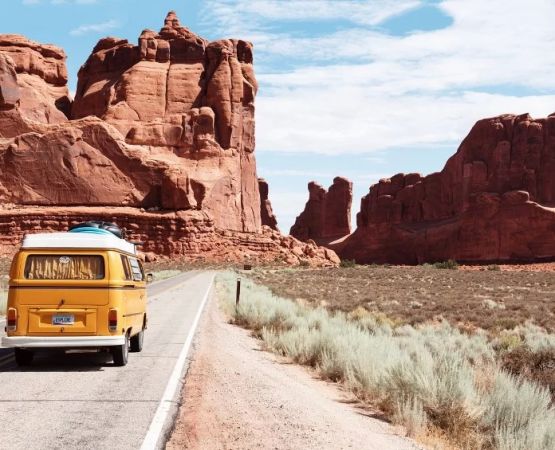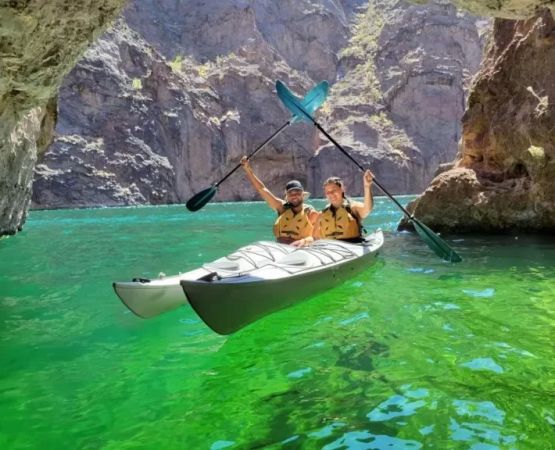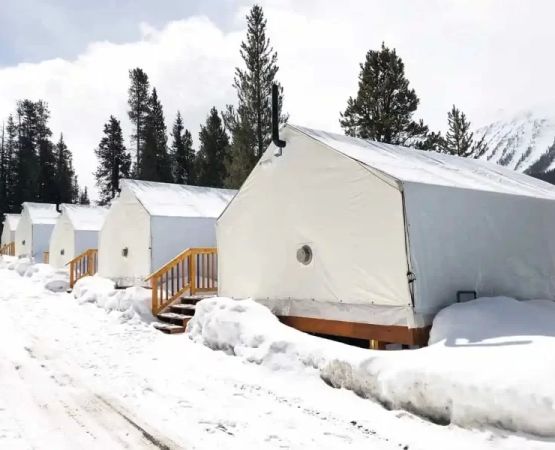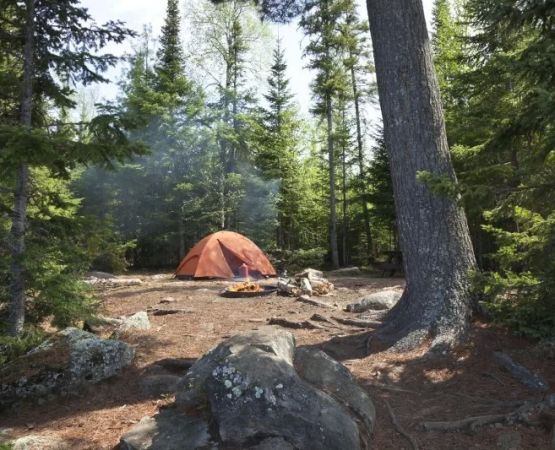- 1 - Why BLM Camping Matters for Outdoor Enthusiasts
- 2 - Top Free Camping Regions on BLM Land
- 3 - Real Camper Stories and Adventures
- 4 - Understanding Rules and Regulations for BLM Camping
- 5 - Boondocking Tips and Best Practices
- 6 - Benefits of Choosing BLM Land Over Paid Campgrounds
- 7 - How Pine Cliff Resort Supports Campers
1. Why BLM Camping Matters for Outdoor Enthusiasts
Top Free Camping Sites on U.S. Bureau of Land Management Land highlight the freedom and adventure that come with exploring America’s vast public spaces. Unlike paid campgrounds, BLM lands offer opportunities for solitude, open skies, and the chance to reconnect with nature without the cost. For many outdoor enthusiasts, these sites represent the heart of the American camping tradition.
2. Top Free Camping Regions on BLM Land
Some of the most popular regions for free BLM camping include Utah’s red rock country, Arizona’s desert landscapes, and Nevada’s open basins. Areas near Moab attract rock climbers and mountain bikers, while spots outside Sedona give campers unmatched stargazing. In the Pacific Northwest, Oregon and Idaho offer forested BLM lands that provide cooler summer camping escapes. Each region offers its own character, making BLM camping diverse and accessible.
3. Real Camper Stories and Adventures
Stories bring these places to life. A traveler shared on social media how they camped outside of Moab for free, waking up each morning to canyon views better than any paid resort. Another camper described the sense of community in Arizona, where van dwellers gather in BLM sites each winter, creating temporary villages of adventurers. These stories illustrate that BLM camping is not just about saving money—it’s about unique experiences that money can’t buy.
4. Understanding Rules and Regulations for BLM Camping
While camping on BLM land is often free, it comes with responsibilities. Most areas have stay limits, often 14 days, to prevent overuse. Campers are expected to follow Leave No Trace principles, pack out trash, and avoid damaging fragile environments. Some regions require free permits, while others restrict campfires during fire season. Knowing the rules ensures that these lands remain open and enjoyable for future generations.
5. Boondocking Tips and Best Practices
Boondocking on BLM land requires preparation. Bring enough water, fuel, and supplies, since many sites are remote with no services. Solar panels or generators can provide necessary power. It’s also wise to download offline maps, as cell coverage is often limited. Campers who succeed at boondocking balance independence with responsibility, ensuring their impact on the land is minimal.
6. Benefits of Choosing BLM Land Over Paid Campgrounds
The main draw is freedom—campers can often choose their own spot without assigned spaces. Beyond the cost savings, many prefer the natural beauty and quiet compared to crowded campgrounds. BLM lands also allow for greater privacy and flexibility, making them a favorite among full-time RV travelers and weekend adventurers alike.
7. How Pine Cliff Resort Supports Campers
At Pine Cliff Resort, we understand the appeal of BLM camping and support outdoor adventurers by offering guidance, resources, and gear recommendations. Whether you’re planning your first boondocking trip or looking for trusted products to make your journey smoother, Pine Cliff Resort connects campers with the best solutions. Our goal is to help travelers enjoy the freedom of public lands while staying safe, comfortable, and well-prepared.


